John Hurrell – 19 November, 2015
Last year Fassonaki resided in Tabriz, Iran, for a month, and while there she sent out sixteen sculptural ‘scores' (modified, found or constructed objects - often of fabric or rubber) to sixteen female musicians abroad, to be stimuli for the composing of special performances. Her action was a shrewd method of escaping the legal jurisdiction of post-revolutionary Iran where women are prohibited from singing in public because of ‘the seductive quality of the female voice', to build up solidarity and to mock its sexist stupidity.
Auckland
Helga Fassonaki (with original score recipients: Kathleen Kim, Rachel Shearer, Beth Ducklingmonster, Purple Pilgrims, Angeline Chirnside, Gabie Strong, Kelly Jayne Jones, Shana Palmer, Matana Roberts, Heather Leigh, Jenny Gräf, Zaïmph, Chiara Giovando, Rachael Melanson, Christina Carter, Ashley Paul, Kali Z. Fasteau)
KHAL
5 November - 28 November 2015
Helga Fassonaki is an American artist/musician who is known in New Zealand for her long term collaborations with Aucklander Andrew Scott in Metal Rouge. Last year she resided in Tabriz, Iran, for a month, and while there she sent out sixteen sculptural ‘scores’ (modified, found or constructed objects - often of fabric or rubber) to sixteen female musicians abroad, to be stimuli for the composing of special performances. Her action was a shrewd method of escaping the legal jurisdiction of post-revolutionary Iran where women are prohibited from singing in public because of ‘the seductive quality of the female voice’, to build up solidarity and to mock its sexist stupidity.
The show’s title, KHAL, is a dismissive term applied to Iranian pop music sent by Iranians abroad on privately made cassettes back to Iranians living at home. Considering the Fluxus-inspired nature of the initiative and experimental quality of the non-commercial ‘noisy’ music, the heading is loaded with irony.
The ‘scores’ (each has a title) elicit or inspire compositions from those who receive them. Fassonaki does not provide detailed instructions but is deliberately oblique, allowing freedom of response while conveying her feminist political point very effectively. She doesn’t need to spell out her motivation.
There are three parts to this Audio Foundation show. The main room outside the office and small gallery is used to project an edited film of samples from the sixteen performances in Artspace-type venues in New Zealand, the States, Denmark and the UK. (A lot of the material you can see here on Vimeo). The small Audio Foundation gallery is used for a makeshift installation on the floor using some of the packaging and actual scores, and on the walls, we find risograph prints of the small labels fastened to the scores themselves. On another wall is a video work by Chiara Giovando, Soft Razor, that is also included in the longer film.
Fassonaki’s project is ongoing, as earlier involved artists invite other artists to participate so that the rejuvenated (live and documented) project travels to new venues. Here in Auckland there are also versions of this show (other interpretative permutations) at Nga Taonga Sound and Vision (next to Artspace) and at Viewfinder in the Public Library facade, while there was another presentation last month at The Auricle Sonic Arts Gallery in Christchurch.
In the film the types of performance and concert are extremely wide ranging. Because the idea underpinning the works is so open, and the proffered sculptures so varied, the real interest I suspect will come when the project is all over. Then the different compositions can be matched up with their stimulating scores - and looked at in groups to see if compositional and performative patterns emerge. To see what the generating items were that Fassonaki presented to her chosen individuals, who may have passed them on to other creative people, and to sort through and analyse the plethora of documented responses.
John Hurrell
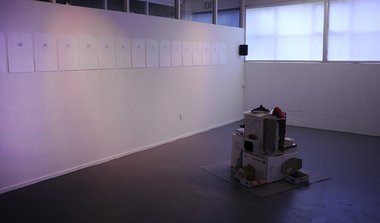
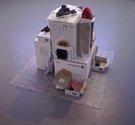

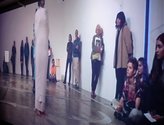
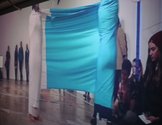
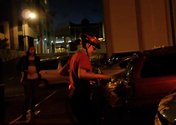
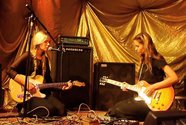

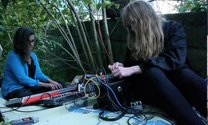
 Advertising in this column
Advertising in this column Two Rooms presents a program of residencies and projects
Two Rooms presents a program of residencies and projects



This Discussion has 0 comments.
Comment
Participate
Register to Participate.
Sign in
Sign in to an existing account.